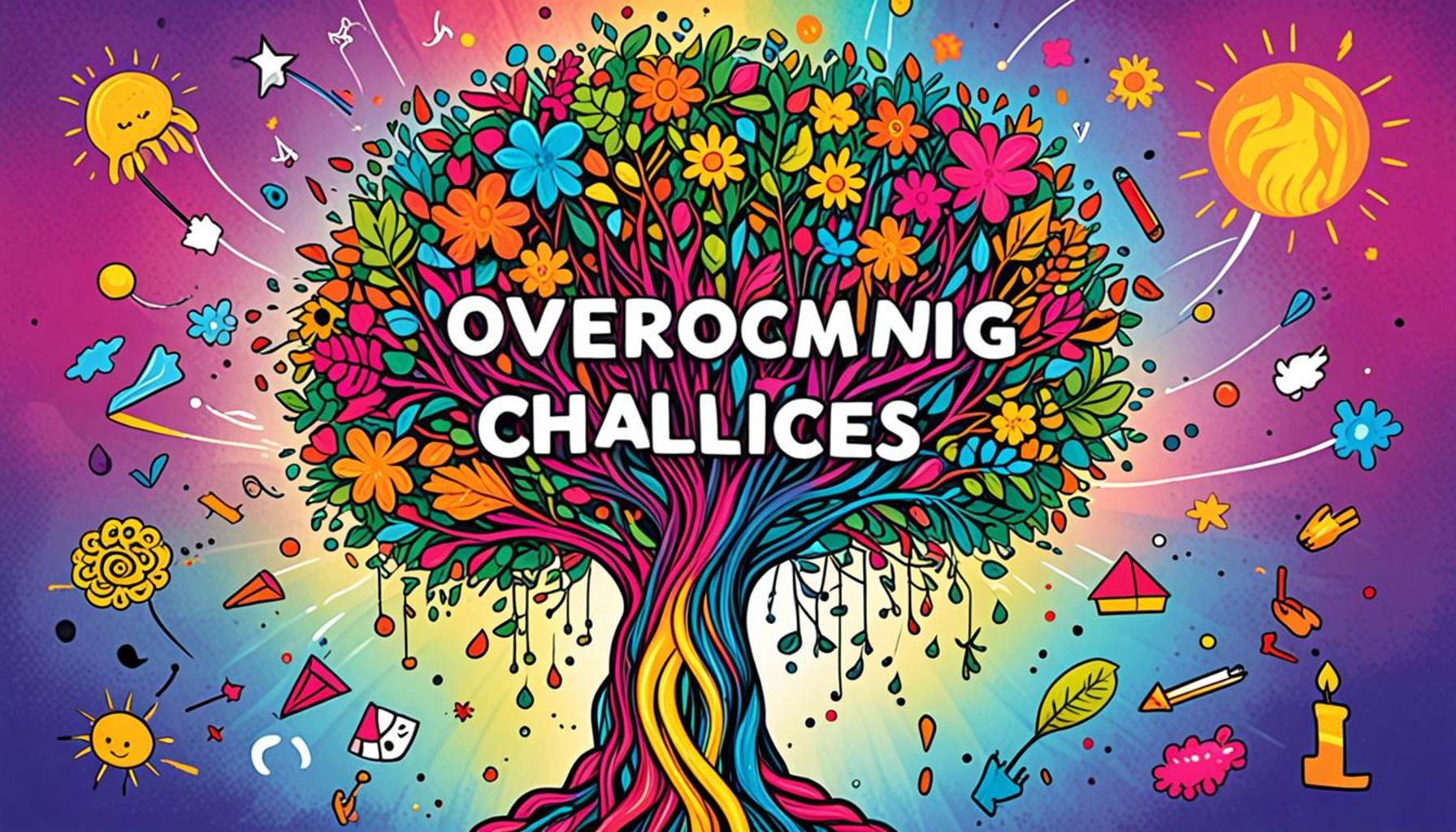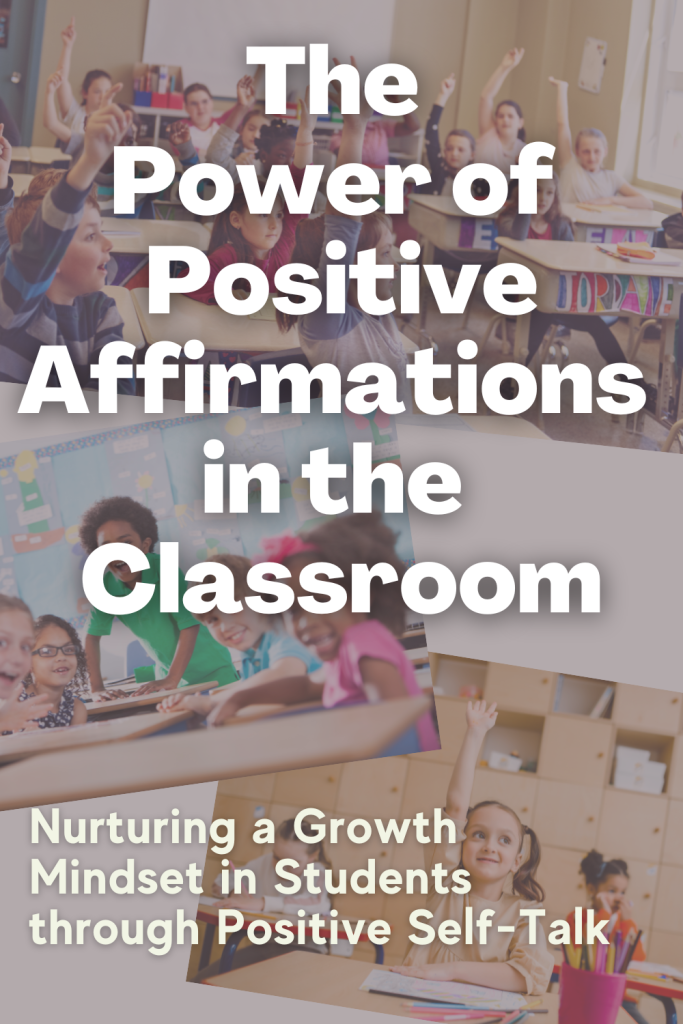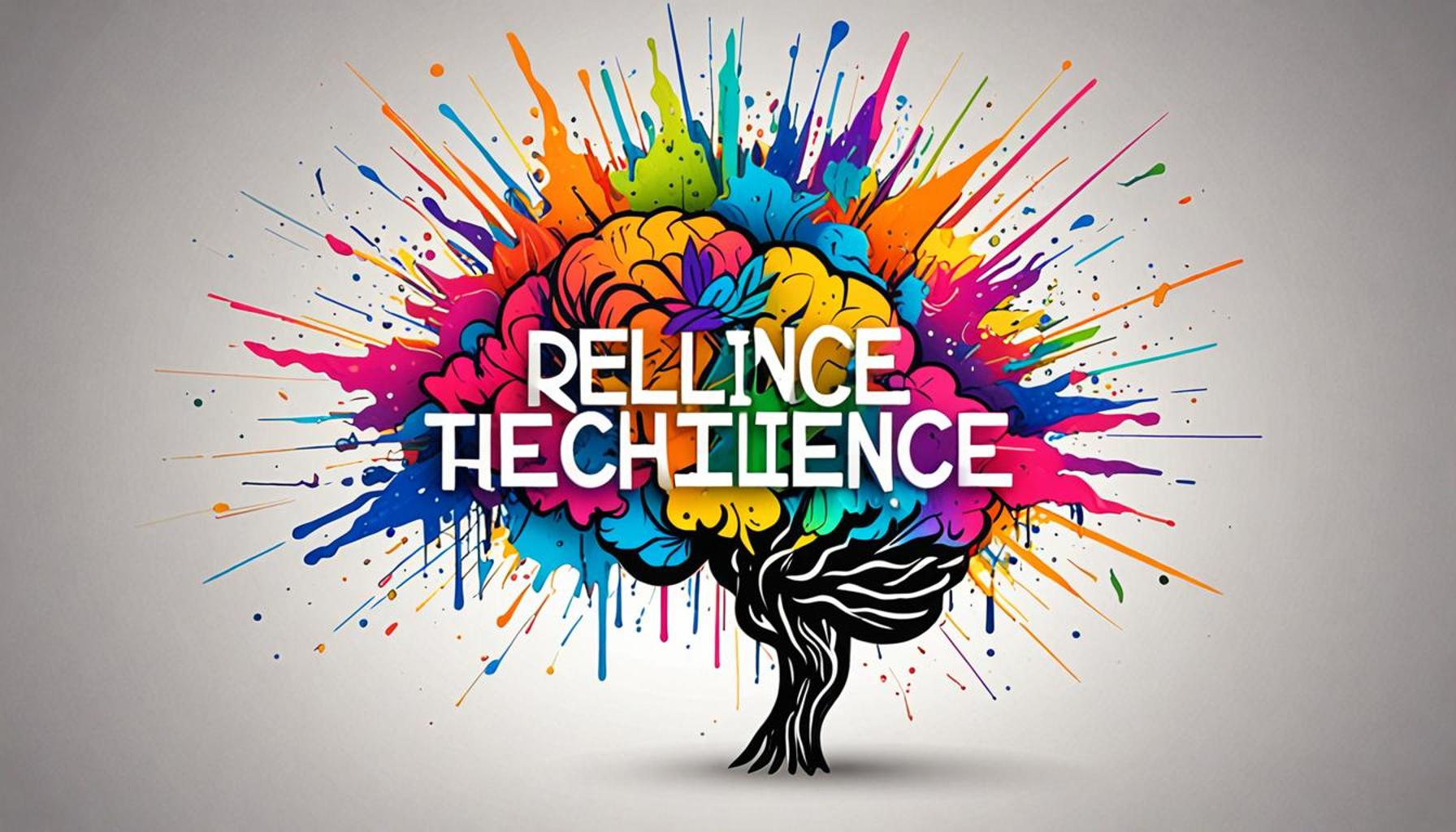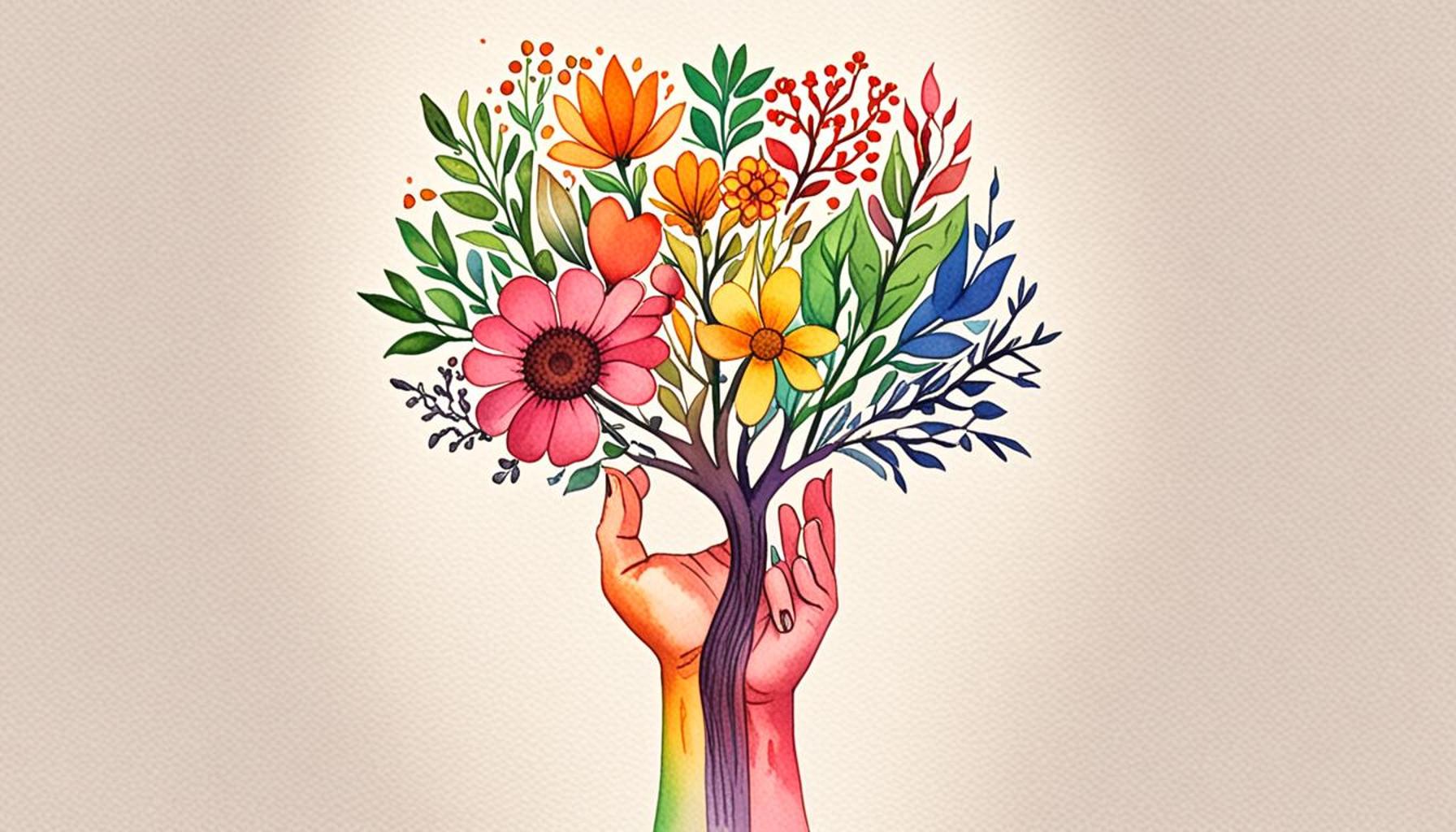Boosting Resilience Growth Mindset Strategies for Personal Community Success

Introduction
In a world increasingly filled with challenges, both personal and communal resilience has become crucial for navigating life’s uncertainties. The concept of a growth mindset, pioneered by psychologist Carol Dweck, emphasizes the belief that abilities and intelligence can be developed through dedication and hard work. This mindset is not only central to individual success but also to fostering strength within communities.
Understanding how adopting a growth mindset can enhance resilience opens a pathway to effective strategies and practices. Here are some key points to consider:
- Empowerment through Learning: Viewing challenges as opportunities for growth.
- Collective Strength: How community support bolsters individual efforts.
- Adaptability: Embracing change as a vital part of development.
- Positive Feedback Loops: Importance of constructive feedback in both personal and communal contexts.
- Real-Life Success Stories: Examples of resilience in action among communities.
These strategies not only equip individuals but also create a supportive network that drives collective success. In the following sections, we will explore the top 5 growth mindset techniques that can significantly boost resilience in personal and community settings, shedding light on their potential transformative effects.
YOU MAY ALSO LIKE: Read this other article
Top 5: Superando Desafios – Como a Mentalidade de Crescimento Pode Fortalecer a Resiliência Pessoal e Comunitária
In a complex world filled with challenges, both personal and communal resilience can often feel out of reach. However, with the concept of a growth mindset, individuals and communities alike can learn to persevere and thrive amid obstacles. This article explores the top five ways a growth mindset can empower us to face challenges head-on and emerge stronger on the other side.

5. Embracing Failure as a Learning Opportunity
One of the foundational elements of a growth mindset is the ability to reframe failure. Rather than viewing it as a debilitating end, individuals with a growth mindset perceive failure as a critical learning opportunity. According to research, embracing failure can lead to increased creativity and problem-solving skills.
Consider, for instance, the story of Sir James Dyson, who iterated 5,126 times before finally succeeding in creating the first bagless vacuum cleaner. His story is a testament to the power of reframing failure; every setback was transformed into an invaluable lesson that contributed to the eventual innovation that disrupted an entire industry.
When personal or community challenges arise, this mindset shift can be transformed into actionable steps. The ability to analyze mistakes allows not just for personal reflection but also for community growth. A community might learn from a failed public event to improve future gatherings by identifying its shortcomings, which could range from poor scheduling to inadequate communication.
- Example of Failure Analysis: After a community event doesn’t go as planned, brainstorming sessions can help identify pitfalls and improve future events.
4. Cultivating a Supportive Environment
Creating a nurturing space where challenges can be addressed positively plays a crucial role in resilience. In communities where support systems flourish, the impact of a growth mindset is palpable. Individuals feel valued and are encouraged to take risks without the fear of judgment.
Implementing workshops and community forums encourages open discussions about challenges, fostering an environment where everyone feels empowered to ask for help. These gatherings can also include role models who exemplify resilience, such as local leaders who have overcome adversity themselves. This visibility reinforces the belief that difficulties can be overcome. Moreover, it’s also essential to highlight how successful environments leverage diversity and inclusivity as pillars for support. Communities that welcome varied perspectives often enjoy richer discussions and, consequently, better problem-solving capabilities.
- Workshop Ideas: Skill shares, motivational speakers, and peer mentoring can all contribute to building a supportive environment.
3. Setting Incremental Goals
When facing daunting challenges, the idea of ‘taking it one step at a time’ becomes particularly relevant. Individuals equipped with a growth mindset encourage setting incremental goals. This method not only makes enormous challenges more manageable but also instills a sense of achievement along the way.
The story of regional growth initiatives offers a vivid illustration of this approach. For instance, consider a city that aims to become a tech hub. Rather than aiming for an immediate transformation, city planners might focus initially on improving infrastructure. Next, they could incentivize tech companies to set up offices, foster tech education programs in local institutions, and gradually build a supportive ecosystem for tech professionals.
For communities, establishing clear, achievable goals can enhance collaboration. Whether it’s implementing new policies or initiating community projects, breaking these into smaller goals ensures continuous progress and collective engagement. Residents might focus first on short-term goals like community cleanups, which build engagement and pave the way for tackling more complex issues such as public transportation improvements.
- Goal-Setting Techniques: Use SMART criteria (Specific, Measurable, Achievable, Relevant, Time-bound) to guide goal development.
2. Promoting Adaptive Problem Solving
The essence of a growth mindset is adaptability. Challenges will arise, but with the right mindset, individuals learn to assess situations from multiple angles. This adaptive problem-solving approach encourages innovation and collective brainstorming.
Take, for instance, how communities have tackled unexpected crises like natural disasters. For example, the city of Christchurch in New Zealand, following a devastating earthquake, adopted an adaptable approach to rebuild. Community leaders embraced design thinking—a method that emphasizes empathy towards users, ideation of solutions, and rapid prototyping—to involve residents in the planning process. Such adaptive techniques can be applied across various fields, encouraging solutions that are not only innovative but also rooted in the lived experiences of those affected by the issues.
Communities that foster an environment of creative thinking and flexibility often find more effective solutions to their challenges. Utilizing techniques like design thinking can encourage community members to engage in collaborative problem-solving, allowing diverse perspectives to yield powerful outcomes.
- Adaptive Techniques: Brainstorming sessions, workshops focused on creative solutions, and community brainstorming apps can all facilitate this approach.
1. Building a Strong Sense of Community
Finally, the most influential aspect of a growth mindset within resilience is the strong sense of community it fosters. When individuals feel connected and supported, they are more likely to tackle challenges together. The power of collective resilience cannot be overstated. Studies have shown that communities that work together toward a common goal experience higher levels of achievement and satisfaction.
Consider how local neighborhoods during times of crisis, such as during the Covid-19 pandemic, thrived due to strong community bonds. Many neighborhoods organized volunteer groups to assist elderly residents with groceries and medications. These actions were not only pivotal in addressing immediate needs but also in strengthening the sense of community and belonging, which is crucial for long-term resilience.
Implementing initiatives that encourage volunteering, social bonding, and shared achievements can significantly enhance community resilience. Shared gardening projects, community fairs, and regular forums for open discussion not only embellish communal spaces but also serve as platforms for building trust and understanding.
- Community Initiatives: Regular community events, volunteer opportunities, and shared interest groups can strengthen bonds within the community.
In conclusion, adopting a growth mindset can revolutionize how we face challenges, cultivating resilience that benefits both individuals and their communities. By embracing failure, fostering supportive environments, setting incremental goals, promoting adaptability, and building a strong sense of community, we can overcome obstacles and thrive together.
| Category | Details |
|---|---|
| Personal Growth | Embracing a growth mindset encourages individuals to view challenges as opportunities for personal development. This shift is essential in building the foundation of resilience, fostering adaptability to change and empowering personal narratives. |
| Community Strength | A community that adopts a growth-oriented approach supports its members in combating adversity together. Circles of support create platforms for collaboration, reinforcing social ties that play a crucial role in resilience. |
| Educational Opportunities | Education systems that promote a growth mindset nurture critical thinking and problem-solving skills in students, helping to prepare future generations for life’s challenges. By nurturing curiosity, individuals are better equipped to handle setbacks constructively. |
| Emotional Well-being | Adopting a growth mindset positively impacts mental health. Individuals learn to manage stress and develop coping strategies, promoting a sense of control and reducing feelings of helplessness, which in turn boosts overall resilience. |
The discussion of challenges and the growth mindset continues to shed light on the fundamental shifts necessary for personal and collective resilience. When individuals adopt this mindset, they become more adept at handling life’s obstacles. The importance of community support cannot be overstated; as people collaborate and share experiences, they fortify relationships that are critical during difficult times. Educational settings are increasingly recognizing the need to instill growth-oriented principles, equipping students with skills that transcend mere academic achievement. These environments cultivate resilience by encouraging a curious approach to learning, where mistakes are rectified and viewed as stepping stones toward mastery.Moreover, the emotional benefits tied to a growth mindset create a protective buffer against the stresses of everyday life. For instance, when individuals feel empowered to tackle their issues head-on, they are more likely to seek help, share their struggles, and find solace in collective healing processes. Emotional well-being flourishes when fear of failure is alleviated, enabling a shift in perception towards challenges, ultimately enhancing the resilience of individuals and their communities alike. As society embraces these principles, it paves the way for a future where struggles can be met with strength and solidarity.
SEE ALSO: Click here to read another article
Frequently Asked Questions About Growth Mindset and Resilience
What is a growth mindset and how does it differ from a fixed mindset?
A growth mindset is the belief that abilities and intelligence can be developed through dedication, hard work, and learning. This contrasts with a fixed mindset, where individuals perceive their talents and intelligence as static traits that cannot change. Research by psychologist Carol Dweck highlights that those with a growth mindset embrace challenges, learn from criticism, and persist in the face of setbacks, leading to greater resilience.
How can a growth mindset enhance personal resilience?
Personal resilience is the ability to recover quickly from difficulties. A growth mindset enhances this by encouraging individuals to view challenges as opportunities for growth rather than insurmountable obstacles. This belief can transform the way one handles adversity, promoting adaptability and a proactive approach to problem-solving, which are key elements of resilience.
In what ways can a growth mindset benefit community resilience?
Communities with a collective growth mindset are better equipped to tackle systemic challenges. By fostering an environment that values learning and collaboration, communities can innovate solutions during crises, support each member’s development, and build stronger networks of support. This shared vision of improvement and adaptability makes communities more resilient to changes and disruptions.
Can anyone develop a growth mindset, and if so, how?
Yes, anyone can cultivate a growth mindset. It involves becoming aware of one’s own internal monologue, consciously choosing to focus on growth-oriented thoughts, and consistently engaging in activities that challenge one’s abilities. Critical strategies include embracing challenges, learning from feedback, and viewing failure as a necessary step to mastery. This mental shift can be gradual, but it’s achievable by maintaining an open mind and a willingness to learn.
Are there any potential challenges when adopting a growth mindset?
Adopting a growth mindset can be challenging, particularly for those who have operated under a fixed mindset for a long time. It requires self-reflection and a significant shift in perspective, which can be uncomfortable. Additionally, societal pressures and environments that value immediate success over learning processes might hinder this transformation. However, with persistence and support, these challenges can be overcome, leading to personal and communal benefits.
LEARN MORE: This related article may interest you
Conclusion: Embracing Growth and Resilience
As we navigate the complexities of modern life, understanding and implementing a growth mindset becomes increasingly crucial. This mindset not only influences our personal journeys but also impacts the communities around us, promoting collective resilience. A growth mindset, characterized by the belief in the potential for development and learning, provides a powerful foundation for facing challenges head-on.
Cultivating Abilities and Overcoming Setbacks
At the heart of this approach is the conviction that abilities can be cultivated through dedication and effort. By viewing setbacks as opportunities for learning rather than insurmountable obstacles, individuals and communities develop a stronger, more adaptable resilience. This adaptability allows for a more optimistic and innovative response to challenges.
The Power of Reflective Practices and Collaborative Efforts
Moreover, incorporating reflective practices and encouraging collaborative efforts stand out as vital components in nurturing this mindset. Reflecting on experiences helps in recognizing growth areas, while collaboration fosters a supportive environment that values shared progress. Communities thrive when they harness the potential of diverse perspectives, building a network of support that bolsters individual and collective growth.
- Recognition of growth potential: Develops confidence and motivation.
- Embracing challenges: Fosters innovation and problem-solving skills.
- Reflective practices: Identifies strengths and areas for improvement.
- Collaborative efforts: Builds a resilient and united community.
- Positivity and perseverance: Strengthen coping mechanisms in difficult times.
In closing, the growth mindset serves as a pivotal tool in fortifying resilience both personally and within communities. By embracing this perspective, we open ourselves to transformative growth, equipping us with the resilience needed to face life’s challenges. As we continue to explore these principles, we invite others to join this journey of continuous improvement and shared resilience.


